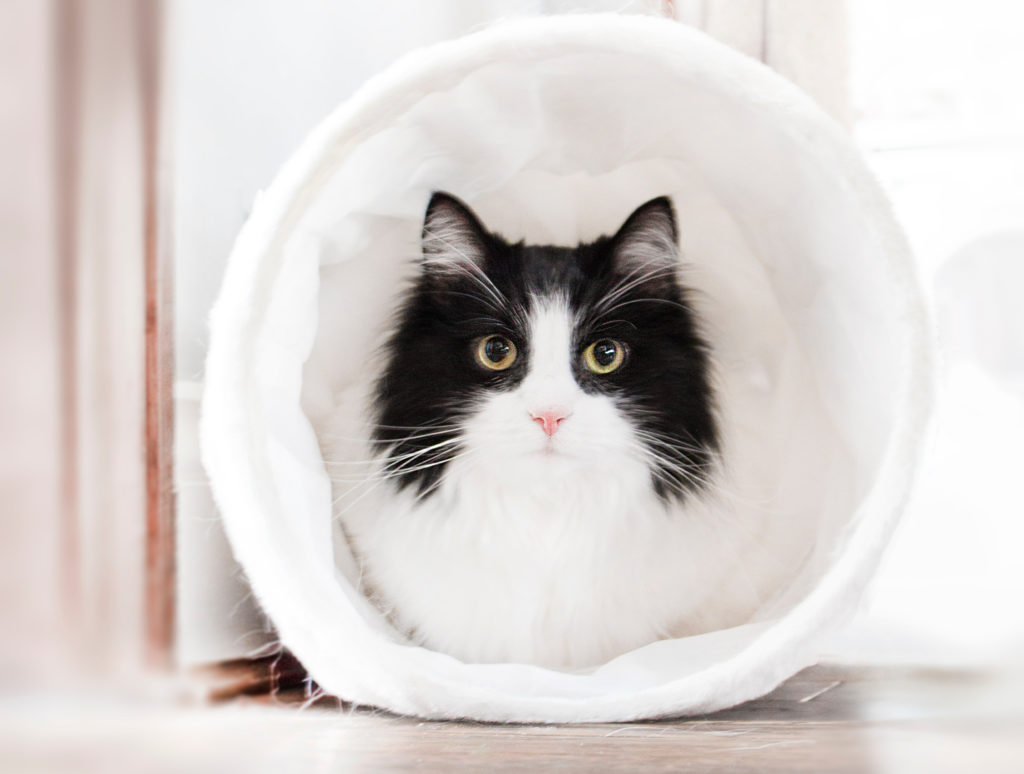We all know that cats can be tricky patients and don’t like giving many clues away. Cats are true masters of hiding pain and illness. The primary indicator that your cat may be experiencing pain is changes in their behaviour. As the person who knows your cat best, you are a vital member of the team. Cats try to hide signs of discomfort and illness as it would make them appear vulnerable to their enemies or predators. There has been extensive research into feline behaviour so that we can recognise subtle behaviour changes and help our feline friends. Being a cat friendly clinic, Beacon View Vets near Sandwich and Deal is dedicated to make cats feel relaxed in our environment and this helps us to find out what’s wrong.
As vets, we are trained to assess many factors when determining pain in cats. These include body language, posture behaviour and physiological parameters found during our examination. The combination of these results can be combined to produce a ‘pain score’, which we can then monitor to see if our treatment plan is working well. At Beacon View Vets we assess the pain score of all of our inpatients so that we can ensure they are comfortable and detect any changes objectively.

So how can we recognise pain in cats?
- Firstly, you need to assess what is normal for your individual cat. Where do they like to rest, how do they like to play, how do they interact with other pets and you, what are their eating and toileting habits and also how vocal they are on a day to day basis. Without knowing their normal preferences, it is very difficult to detect when something changes; just the slightest change could indicate sickness and pain.
- If their appetite reduces, they stop like a certain texture of food or start vomiting. These can be symptoms of a range of issues such as dental pain, pancreatitis and liver disease.
- If they start having issues with getting around the house, jumping up on objects or navigating the stairs. This could be the early signs of arthritis or other orthopaedic problems. Feline arthritis is a hugely under diagnosed disease in senior cats and early recognition of issues has a huge impact on their quality of life.
- Changes in their posture such as being hunched or tucked up rather than curling up to sleep. Also, if they start grooming less or develop a matted coat this shows that they are experiencing discomfort.
- Changes in their temperament such displays of aggression or seeking solitude. If you cat starts hiding in unusual places or avoiding interaction with you and other pets then this could show that they are feeling vulnerable and don’t want to appear weak.
- Squinting or fully closed eyelids often shows ocular pain. We recommend an urgent veterinary check as ocular disease can progress rapidly and be very painful.
- Recent research showed that ear position is an indicator of pain levels. Perky, upright ears suggest a comfortable cat; whereas tense ears, flattened towards the head can be a sign of pain.
Appropriate management of feline pain requires a thorough veterinary examination before a treatment plan is formulated. At Beacon View Vets our cat-only consultation room and generous appointment length allows us to examine your pet steadily and discuss all of your concerns thoroughly.
If you think your cat may be displaying signs of discomfort or pain then please contact us to book a thorough examination with our lovely vets. Please never give your cat human pain relief such as paracetamol as this is incredibly toxic to them. Even giving your cat another animal’s medication can have potentially fatal side effects so please call us first.